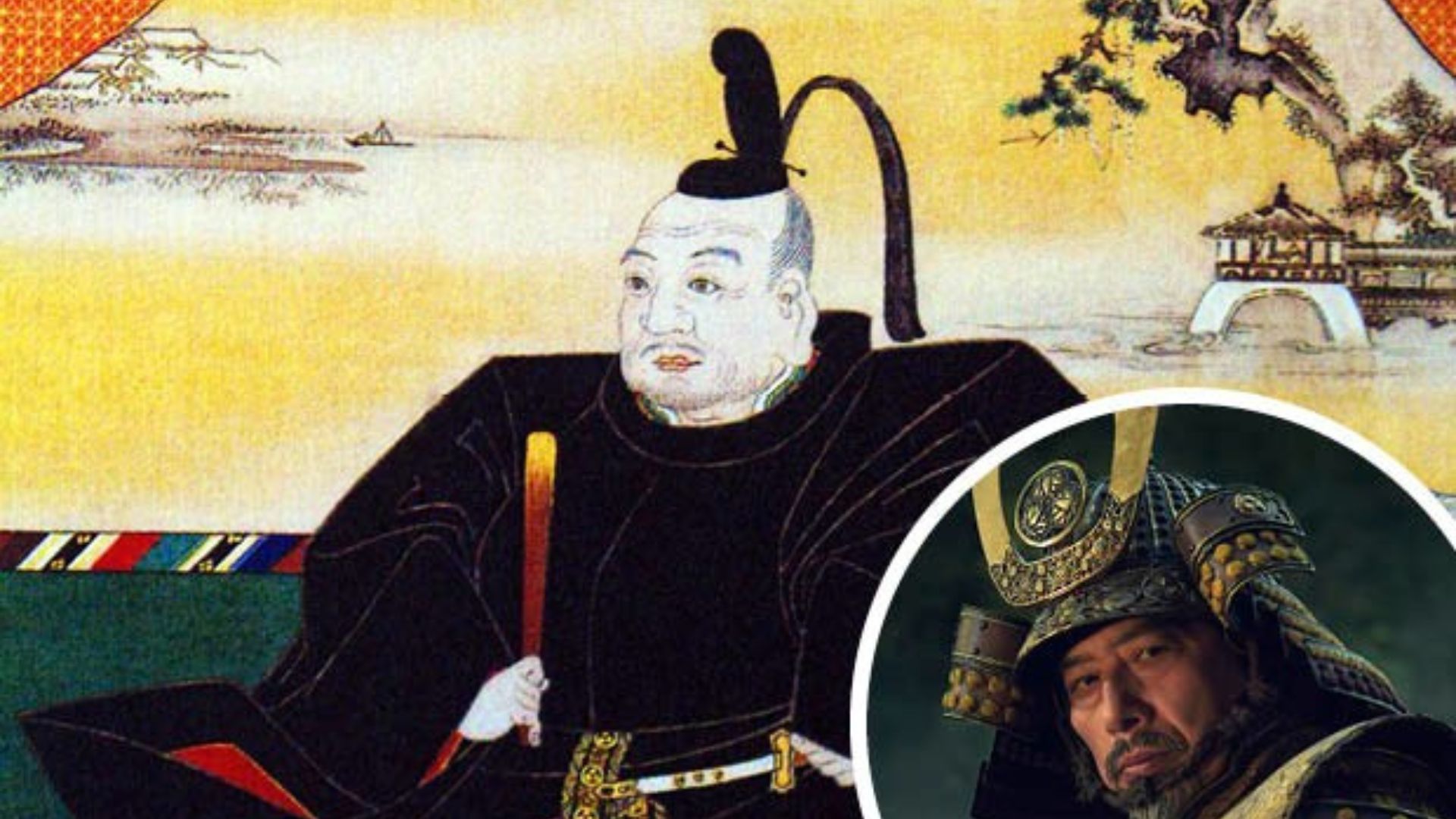Toyotomi Hideyoshi stands as one of Japan’s most remarkable historical figures. Rising from humble beginnings, he became the unifier of Japan during the late Sengoku period (Warring States period). His military genius, political reforms, and administrative policies shaped Japan’s future, bringing an end to a century of chaos and warfare. This article explores Hideyoshi’s journey from a peasant to a ruler, his major accomplishments, and his enduring impact on Japan.
Early Life and Rise to Power
Born in 1537 in Owari Province, Toyotomi Hideyoshi had no samurai lineage. His early life remains somewhat mysterious, but he started as a low-ranking foot soldier under Oda Nobunaga, a powerful warlord seeking to unify Japan.
Hideyoshi quickly proved his intelligence and strategic abilities, earning promotions and Nobunaga’s trust. By 1573, he was a key general in Nobunaga’s army, leading successful campaigns, including the Siege of Takamatsu in 1582. However, when Akechi Mitsuhide betrayed and killed Nobunaga, Hideyoshi avenged his master’s death by defeating Akechi at the Battle of Yamazaki, securing his position as Nobunaga’s successor.
Unification of Japan
With Oda Nobunaga gone, Hideyoshi embarked on a mission to unify Japan under his rule. He faced opposition from other warlords but used a combination of military strength, diplomacy, and political maneuvering to gain control.
-
Battle of Shizugatake (1583) – Defeated Shibata Katsuie, eliminating a key rival.
-
Battle of Komaki and Nagakute (1584) – Engaged Tokugawa Ieyasu, leading to an uneasy alliance.
-
Siege of Odawara (1590) – Defeated the powerful Hojo clan, marking the completion of Japan’s unification.
By 1590, Hideyoshi had successfully brought all of Japan under his rule, a feat no leader before him had achieved.
Political and Social Reforms
To maintain stability, Hideyoshi introduced several significant reforms:
-
Sword Hunt Edict (1588): Disarmed peasants to prevent uprisings, reinforcing samurai dominance.
-
Class System: Restricted social mobility by dividing society into samurai, farmers, artisans, and merchants.
-
Land Surveys: Standardized land ownership and taxation, improving governance.
-
Restriction on Daimyo Power: Limited the independence of regional warlords, consolidating control under a central authority.

Cultural and Economic Contributions
Hideyoshi also promoted cultural and economic growth:
-
He encouraged the arts and tea ceremonies, with Sen no Rikyū influencing his cultural vision.
-
He built Osaka Castle, a symbol of his power and authority.
-
He promoted foreign trade, expanding Japan’s connections with China, Korea, and Portugal.
The Korean Invasions (1592–1598)
In 1592, seeking to expand Japan’s influence, Hideyoshi launched an invasion of Korea. Despite initial victories, the campaign faced fierce resistance from Korean and Ming Chinese forces. A second invasion in 1597 also failed, and the costly wars weakened Japan’s resources.
Death and Legacy
Toyotomi Hideyoshi died in 1598, leaving his young son, Toyotomi Hideyori, as his successor. However, without Hideyoshi’s leadership, the Toyotomi clan lost power. In 1600, Tokugawa Ieyasu defeated Hideyori’s supporters at the Battle of Sekigahara, establishing the Tokugawa shogunate in 1603.
Despite this, Hideyoshi’s impact on Japan was profound. He ended centuries of warfare, unified the country, and implemented reforms that shaped Japan for generations.
Conclusion
Toyotomi Hideyoshi’s life is a testament to ambition, strategy, and leadership. Rising from a peasant to the ruler of Japan, he transformed the nation, bringing unity and order. His military successes, political reforms, and cultural influence left a lasting mark on Japanese history, making him one of the most celebrated figures of the Sengoku period.











